In 2025, we expect triple-A games to fall into two different categories: wide-open-world or suffocatingly hyper-linear experiences. Post-Breath of the Wild, open world games often give players access to huge swaths of content right at the beginning and allow them to tackle it in whatever order they see fit.
Linear games have also grown more narrow, with games like Final Fantasy 16 and God of War Ragnarok offering up levels that are comprised entirely of straightforward hallways and combat arenas, strung together so tightly that you never even run the risk of getting lost.
Get In The Zone, Open Zone
An Avowed promo screenshot depicting a giant and somewhat humanoid orange-and-red mushroom creature.
In this polarized landscape, Obsidian has continually shown there’s a happy medium between the two extremes. In 2019’s The Outer Worlds and in next month’s Avowed, the studio has gone with an open-zone approach, rather than open-world. Basically, it gives you access to a big area where you can explore however you see fit. Once you advance the story to a certain point, you can move on to the next zone, rinse and repeat.
Why does Obsidian do this? Mostly for pacing, per a recent blog post on Xbox Wire.
“I think it’s a good pacing mechanism (for those choices). We know roughly what you’ve done before you’ve gone to the next thing. It’s still a very open structure within those zones, where you can do whatever you want for the most part, but it’s not one contiguous area where you could be anywhere at any moment.” – Region Director Berto Ritger
Narrative designer Kate Dollarhyde echoed that sentiment, saying that “Having these zones that happen in sequence means we always know what content you’ve just come from on the critical path. Maybe not what side quests you’ve done, but we always know you’ve just had this [core] experience.” The game can be more specific in what it offers in the moment, because the range of prior options is more limited.
The Best Of Both Worlds
It gives you the best of both worlds. We love the feeling when we first “step out into the world” in a game like Fallout 3 or Breath of the Wild. But most open-world games aren’t nearly as good as those two masterpieces, so after the initial excitement wears off, you’re left with a massive world filled with only a few kinds of activities that grow old pretty fast. I enjoy a good bandit camp as much as the next person, but when repeatable content repeats too often with too little variation, the illusion begins to break down.

Related
Avowed’s Floral Mushroom Woman, I Want To Run To You
Avowed’s character creator will be a massively selling point for the Xbox RPG.
But I’m also extremely tired of linear games that treat the player like a train on a track. I want freedom to poke around, to find things that are off the beaten path, to encounter beautiful moments that not everyone will see. When linear games get this balance right, there’s nothing like them. But, my favorite linear games tend to be the ones that give you room to explore — games like Half-Life 2 and The Last of Us.
An open zone game, like Vampire: The Masquerade — Bloodlines, can give you that feeling of stepping out into the world more than once. When you’ve been in VTMB’s Santa Monica for several hours, finally reaching the point when you can travel to Downtown Los Angeles is exhilarating. Just when you hit the point where you’ve exhausted everything you want to do, you suddenly find yourself in a new place where you can start exploring all over again. It’s a good loop.
Other games have attempted variations on it, but don’t quite get it right. Final Fantasy 7 Rebirth feels like an open-world game and a linear game at various points, but doesn’t get the balance right. Horizon Forbidden West is an open-world game, but holds huge swaths of the map back until you hit a certain point in the story; it makes it feel like you’re spending hours and hours waiting for the real game to start.
But, when this approach to design works, it really works. It can make each place you visit feel designed; big, but manageable. The NPCs and quests within that zone can primarily relate to each other, allowing the developers to build meaningful connections. And, maybe most important, it leaves room for some mystery. While open-world games allow you to climb every mountain, open zone games get mileage by making some things off-limits.
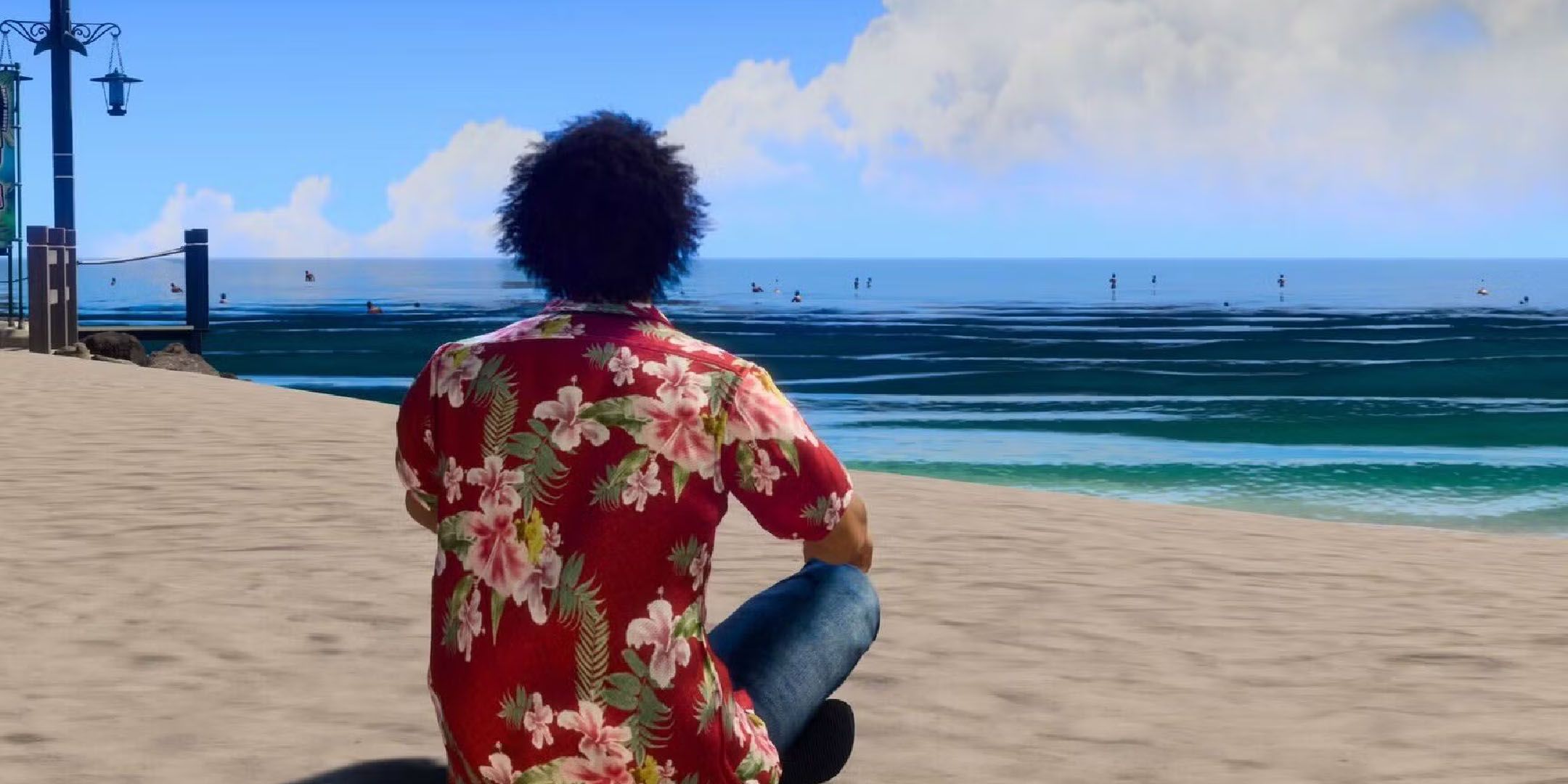
Next
In 2025, I Want To Take RPGs Slower
Trying to rush through mammoth RPGs to keep up with the industry is exhausting.
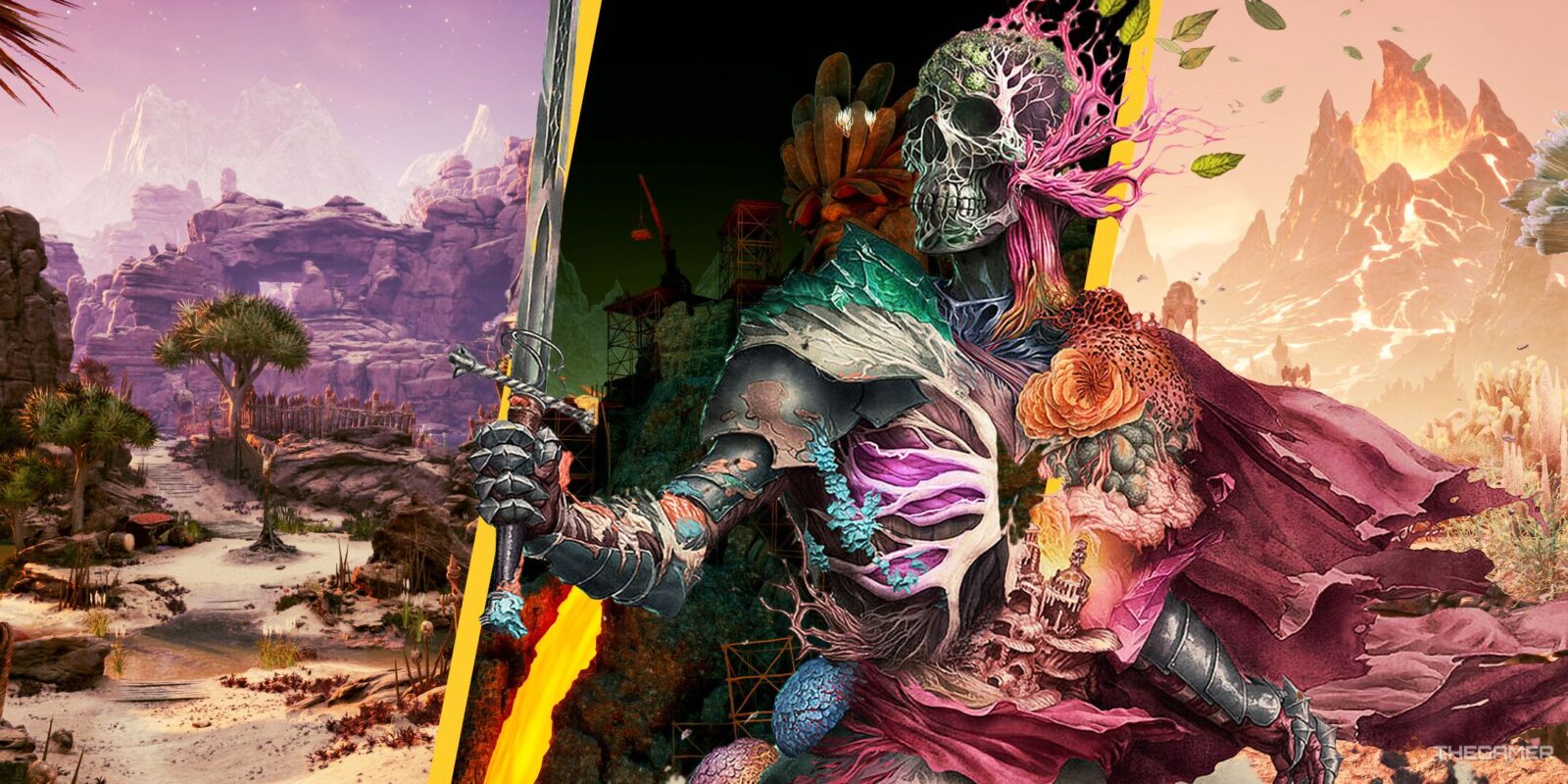

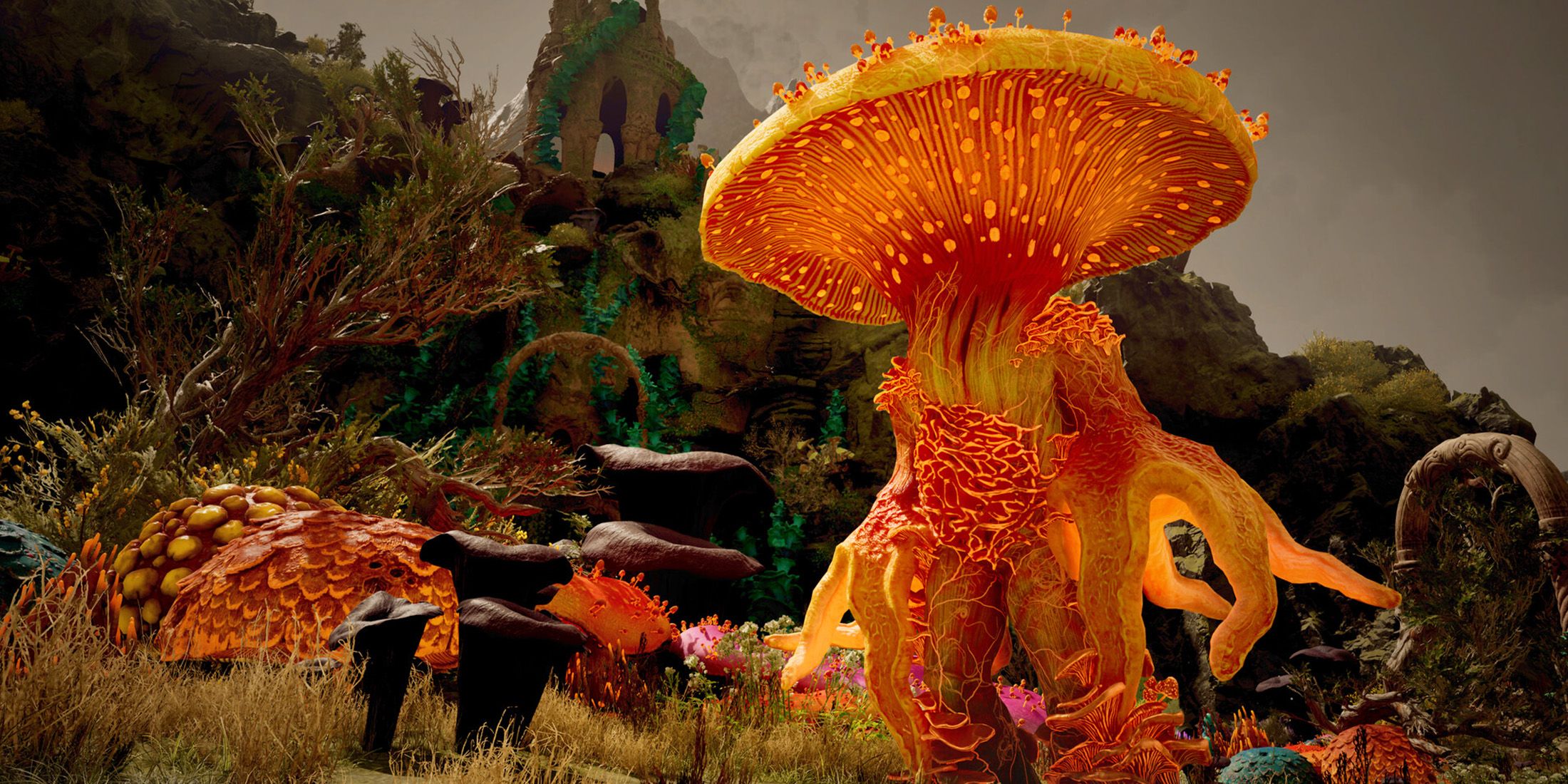



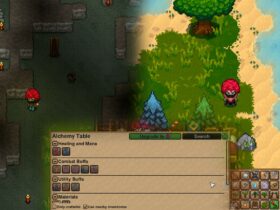
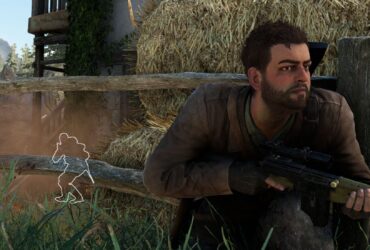
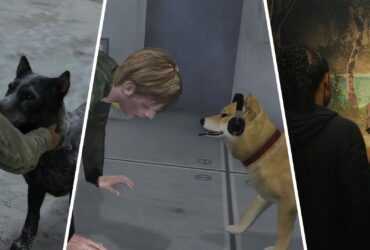


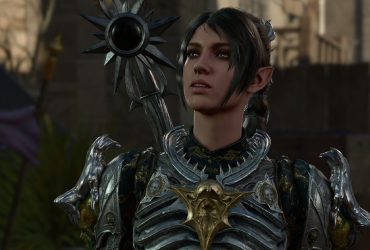
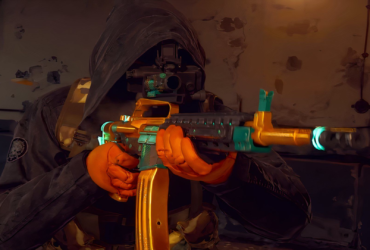
Leave a Reply